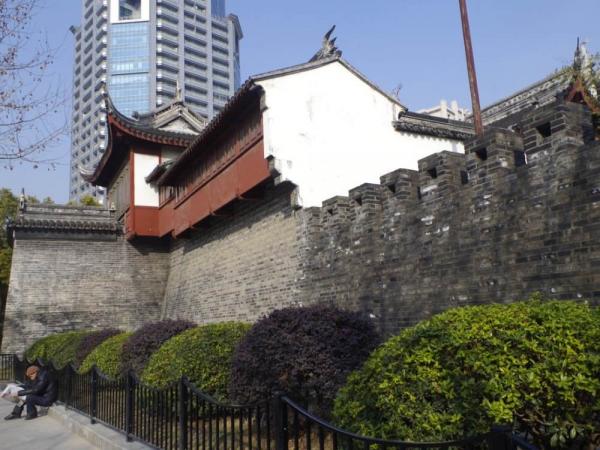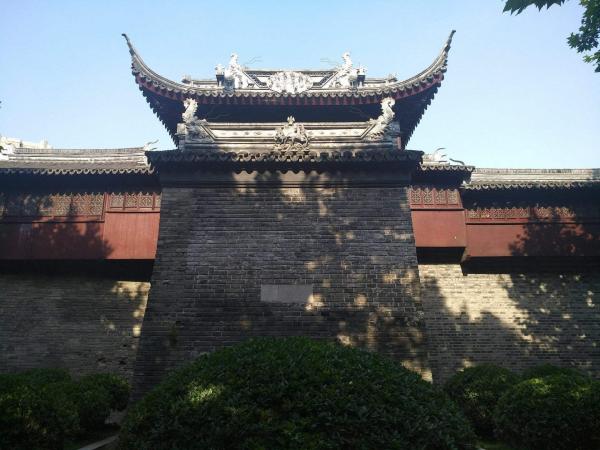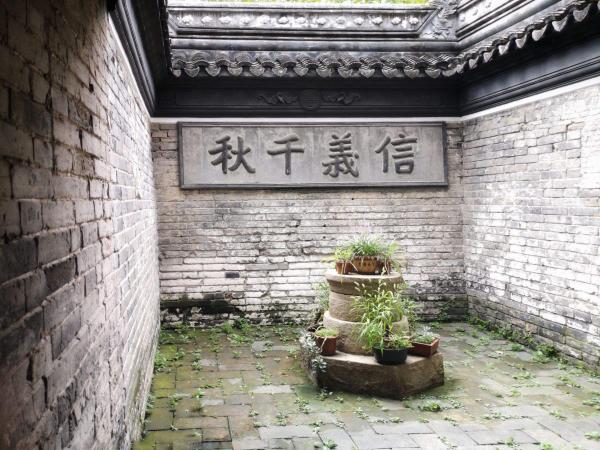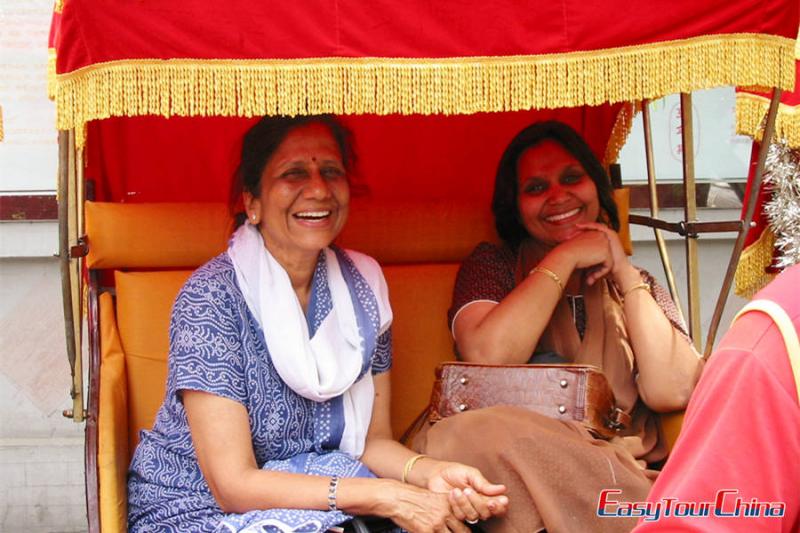The Shanghai Old City Wall
The Old City Wall of Shanghai was built during the Ming Dynasty (1553) to defend against Japanese pirates. Nowadays, tourists can visit the remaining part of the Shanghai ancient wall: Dajing Pavilion and its adjacent Ancient City Wall, in the area of Dajing Road, Xiaobeimen, Huangpu District, Shanghai. Although it’s not one of the main tourist sites in Shanghai, it’s an ideal attraction if you are interested in Shanghai’s history.
Shanghai Ancient City Wall Facts
The History of the Shanghai Old City Wall
Shanghai was originally a city without walls. Lots of the residents who made living by fishing did not approve of building a city wall which might cause inconvenience to them. Besides, the government at that time was unable to afford building walls like that. Until the 32nd year of Jiajing in the Ming Dynasty (1553), Shanghai County was attacked five times by Japanese pirates from the East China Sea and got a huge lost. Soldiers and residents were killed, property was robbed, county offices and houses were burned, and the town almost became ruins.

The officials and people realized that they could not resist the Japanese pirates without walls. With great efforts and donations of local people, it took only three months (from October to December in the lunar calendar) to build a city wall in Shanghai with a circumference of 4.5km and a height of 8m. There were 6 gates, two of which had a watchtower on the top. Four water gates were set as well. Along the outside of the Shanghai Ancient city wall was a moat with a width of 20m, a depth of 5.6m. In 1557, three more watchtowers and 20 arrow towers were added to the wall.
>> Related reading: China’s 10 Best-preserved Ancient City Walls
During the Wanli period (1572-1620), the Shanghai County was peaceful without pirate attacks, so four prayer buildings, Danfeng Tower, Guanyin Pavilion, Zhenwu Temple and Dajing Pavilion were built on four arrow towers. Dajing Pavilion was a three-story pavilion with exquisite structure and unique shape, built on the Dajing arrow tower, serving for Guandi emperor. Later in the 20th year of Jiaqing in the Qing Dynasty (1815), the Dajing Pavilion was rebuilt into a tall three-story pavilion. As we all know, it’s the only pavilion that keeps until now.

The ancient city wall of Shanghai was considered to be an obstacle for developing a huge modern city. Finally the officials decided to demolish the city walls, fill in the moat, and build roads. Apart from two small preserved sections, the demolition of the city wall started in July of 1912, ended in winter of 1914. The circular road including Zhonghua Road and Renmin Road was built in the place of Shanghai Ancient City Wall and moat. It is a sign that identifies the boundary of Shanghai's old city.
How to Get There?
Bus: No 11, 135, 220, 304, 736, 911, 930. (Xiao Bei Men station)
Metro Line: Line 10 (Yu Yuan station), Line 8 (Da Shi Jie station)
What to see at the site?
The 30-meter-long ancient city wall and the Dajing Pavilion built on the Shanghai ancient city wall are the attractions of this site. It’s the only ancient city wall of the Jiajing period of the Ming Dynasty that survived history. And the Dajing Pavilion built on the arrow tower is a three-story pavilion with a unique shape, and it’s also a Guandi Temple as well. The name Dajing came from the plaque hanging in the Guandi Tmeple, saying “Da Qian Sheng Jing”. The plaque was inscribed by Chen Luan, a high level official during the Daoguang period of the Qing Dynasty.
"Shanghai Old City Historical Relics Exhibition" is on the second floor of the Dajing Pavilion. The exhibition is divided into several parts, the history of the city wall, city changes, stepping into modern times, cultural prosperous relics, etc., showing in different ways, such as pictures, charts and models. Know more about Shanghai’s old city in the past 700 years, from this small site.

Travel Tips
Walk east along Dajing Road on the edge of the Shanghai ancient city wall, cross Zihua Road and then a little east to the famous Yuyuan Market (Town God Temple) in Shanghai, where you can find all kinds of snacks, fast food, Shanghai snacks, restaurants, hot pot restaurants and so on.
More attractions in Shanghai


